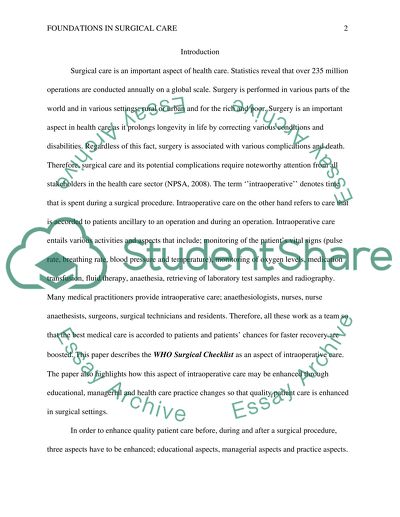Cite this document
(“Foundations in surgical care Essay Example | Topics and Well Written Essays - 2250 words”, n.d.)
Retrieved from https://studentshare.org/health-sciences-medicine/1393583-foundations-in-surgical-care
Retrieved from https://studentshare.org/health-sciences-medicine/1393583-foundations-in-surgical-care
(Foundations in Surgical Care Essay Example | Topics and Well Written Essays - 2250 Words)
https://studentshare.org/health-sciences-medicine/1393583-foundations-in-surgical-care.
https://studentshare.org/health-sciences-medicine/1393583-foundations-in-surgical-care.
“Foundations in Surgical Care Essay Example | Topics and Well Written Essays - 2250 Words”, n.d. https://studentshare.org/health-sciences-medicine/1393583-foundations-in-surgical-care.


